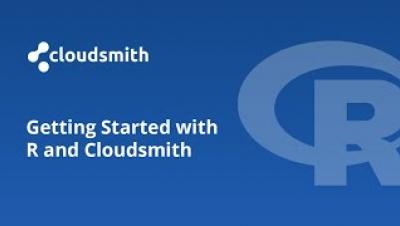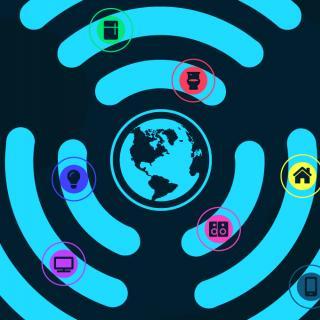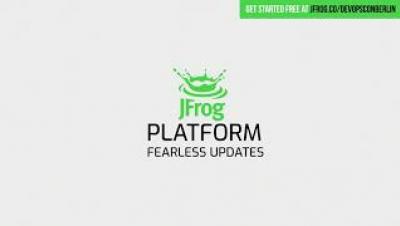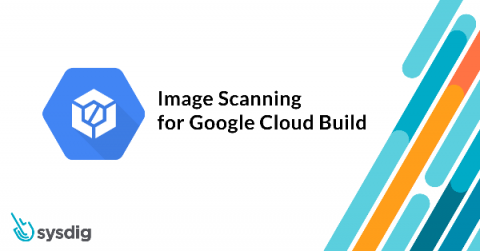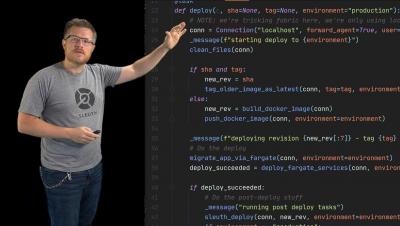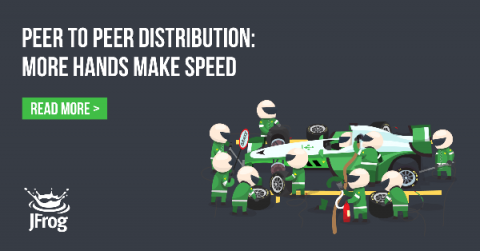Operations | Monitoring | ITSM | DevOps | Cloud
CI CD
The latest News and Information on Continuous Integration and Development, and related technologies.
The Internet of Things - Why Cloudsmith Plays a Crucial Role
IoT is slowly, quietly taking over the world. A few years ago, self-ordering fridges, driverless cars, and fully automated homes seemed like the stuff of dreams. And while the technology exists, rollout and adoption is slower than anticipated, amidst security and privacy concerns. That said, IoT is the future, and growth is steady, as the challenges of building and maintaining hundreds of thousands of devices per vendor are getting solved.
Rancher 2.5 Embraces GitOps at Scale with Rancher Continuous Delivery
The ability of Kubernetes to easily deploy and manage containerized software has given organizations tremendous capabilities in their cloud services, with clusters multiplying into the hundreds or thousands and extending out to the edge for any number of purposes. But its growing popularity has also led to challenges in managing complexity in an environment that is conducive to cluster sprawl.
The JFrog Platform - End-to-end DevOps Solution
Image scanning for Google Cloud Build
In this article, you will learn how to add inline image scanning to a Google Cloud Build pipeline using the Sysdig Secure DevOps platform. We will show you how to create a basic workflow to build your container image, scan the image, and push it to a registry. We will also customize scanning policies to stop the build if a high-risk vulnerability is detected.
Getting Started with Continuous Integration
It is impossible to overestimate the importance of a strong development environment when scaling your team’s capacity. Nowadays, most organizations use Git, and one of the popular and successful development models used by many organizations is Gitflow. When making use of such models, continuous integration (CI) is key as it enables faster project delivery and offers reduced risk and expenses thanks to self-managed and easy-to-control dedicated teams.
What The Heck Is Continuous Integration (CI), Delivery (CD), And Deployment (CDP)?
CI and CD tools are popular for a good reason. They help us automate the application lifecycle, fully or partially. However, the problem is that, in some cases, we are moving away from the core principles behind the CI and CD processes. Products on the market tend to “bend” the definitions of what CI and CD are so that their products can get “yet another sticker”. This is an attempt to bring sanity into the insane situation in which everything and nothing are CI and CD.
Continuous Deployment explained in code
All Hands on Deck: P2P Distribution Combats Latency to Speed Delivery
Monitor code deployments with Deployment Tracking in Datadog APM
Continuous integration and continuous delivery (CI/CD) pipelines have become fundamental to modern software development and code deployment. Implementing CI/CD practices can let teams deploy code more quickly and efficiently. But with these methods come a number of new challenges: bad code deploys are a major source of downtime and can lead to a loss of revenue and customer trust.


